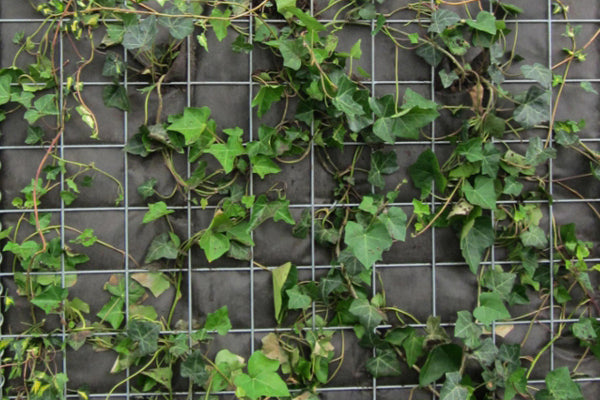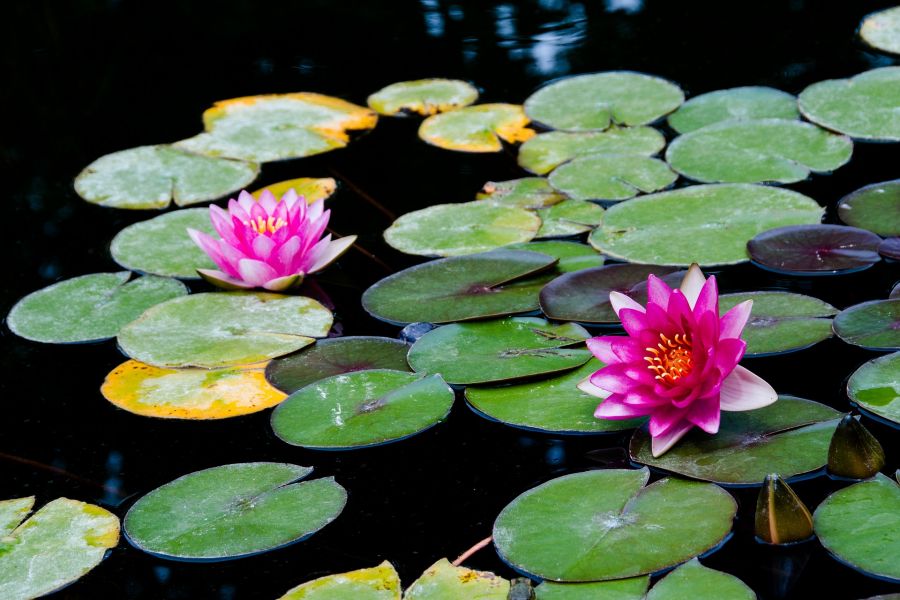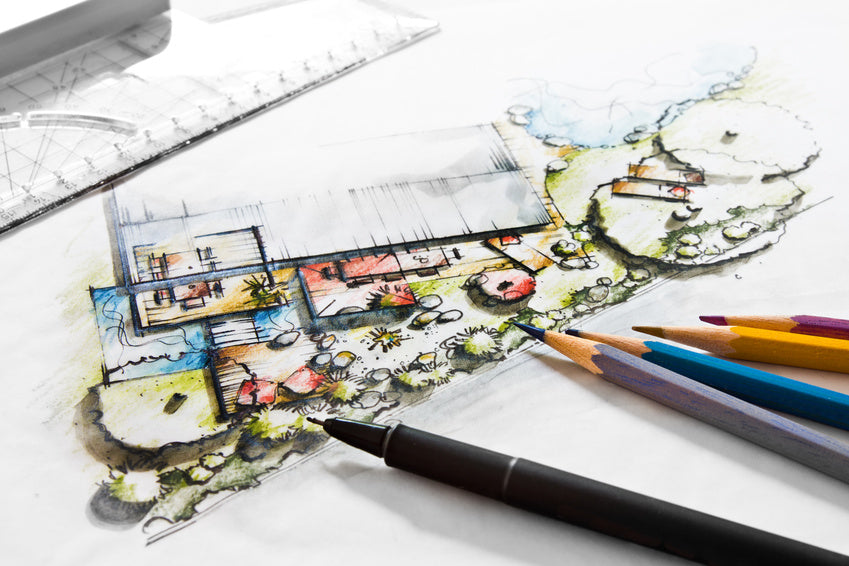We have already shown how you can plant gabions on the sides and have them covered with trees. However, what French artist Patrick Blanc does with walls and facades goes one step further and is called a vertical garden.
Who says gardens always have to be planted on earth? Botanist and artist Patrick Blanc thought so too and created his first vertical garden in the 80s. The Frenchman got the idea for this on a trip to Thailand, where he saw plants growing and thriving in a wide variety of places, some of them without any soil - as long as they got enough air and water. His green facades can now be found on many buildings around the world , where they conjure up green oases in gray cities. Blanc's work can also be admired in Germany, for example at the Berlin luxury department store Lafayette.
How does the principle of vertical gardens work?
Climbing plants often have the disadvantage that they damage the masonry over the years. With the principle of Patrick Blanc's vertical gardens, destruction of the walls is impossible: First, a steel frame is attached in front of the wall that is to be covered with greenery. Waterproof plastic panels are then mounted on this. These are covered with a synthetic fleece that is at least 3 mm thick and is used for irrigation and as a root space for the plants.
Holes are cut into the fleece and the plants are placed into these, the roots of which have previously been freed from soil. Native shrubs, perennials, ferns and mosses, which are also planted in rock gardens, are well suited. The plant walls are irrigated via a circuit in which the water is supplied via pipes in the upper area, excess liquid is collected at the bottom and then pumped back up.
With our gabions you also have the opportunity to create your own green works of art for your garden and terrace.




Leave a comment
This site is protected by hCaptcha and the hCaptcha Privacy Policy and Terms of Service apply.